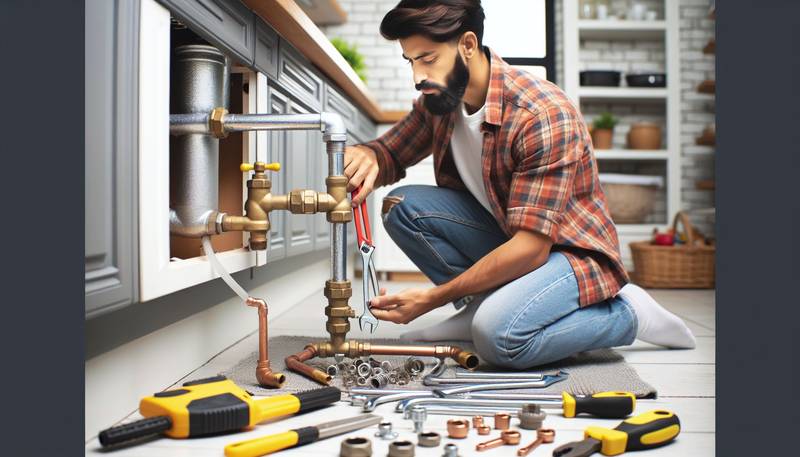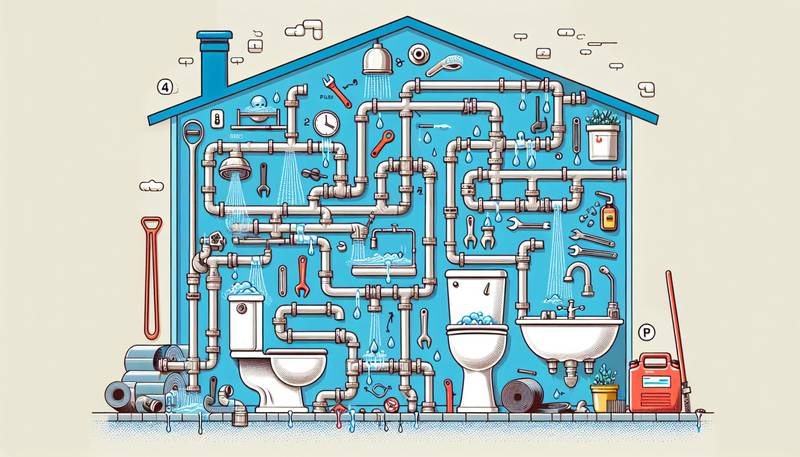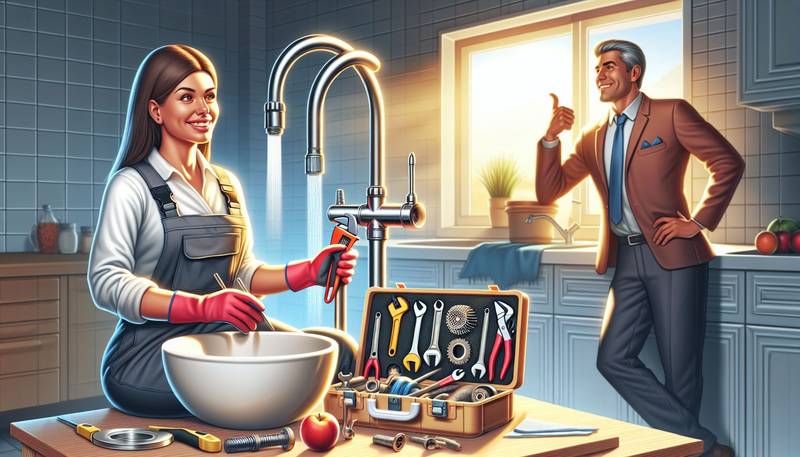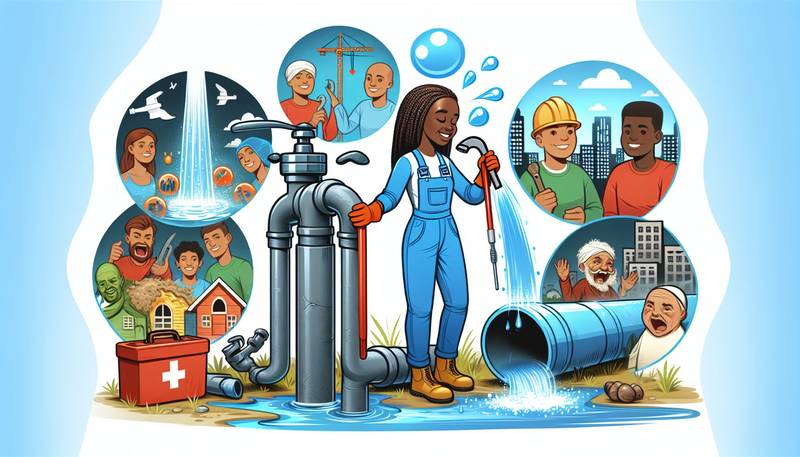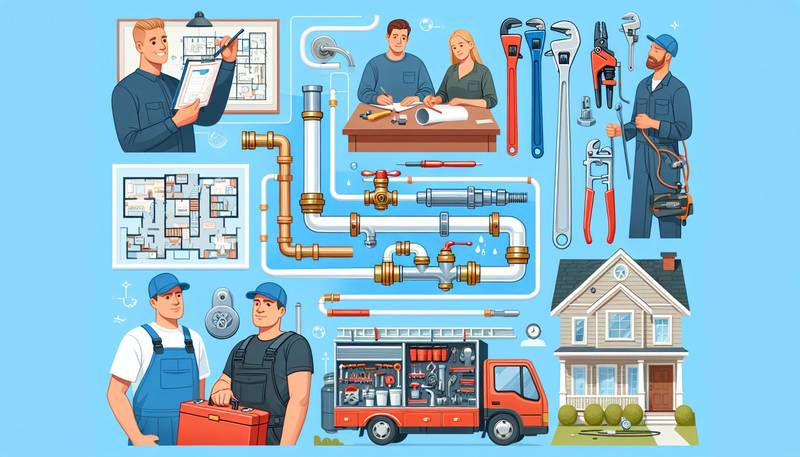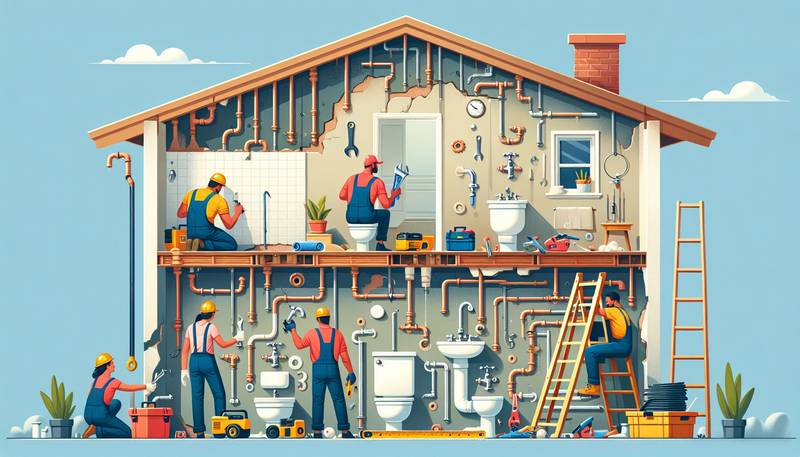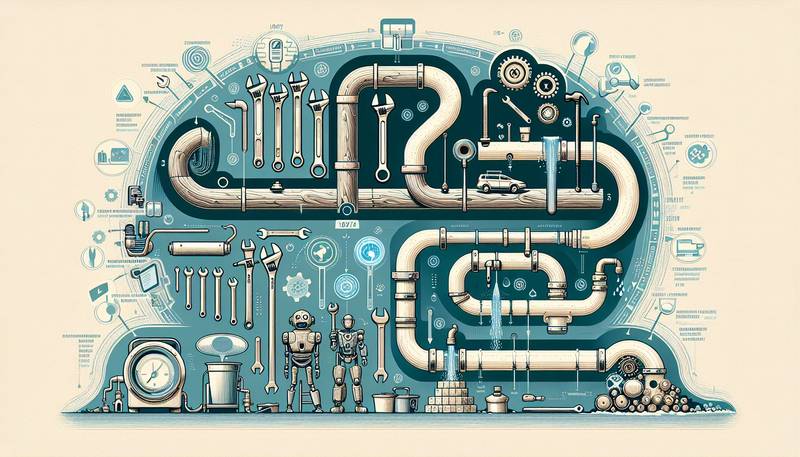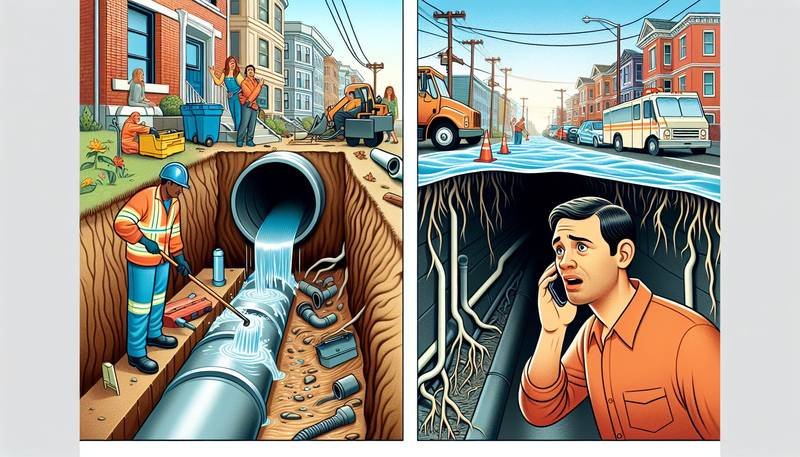Exploring the World of Pipe Fitting: Skills and Techniques
Proper pipe fitting is essential for ensuring the efficient and safe flow of substances through a system. Whether you are a seasoned professional or a novice looking to learn more about pipe fitting, there are a variety of skills and techniques to explore in this field.
Understanding Pipes and Fittings
Before delving into the world of pipe fitting, it is important to understand the different types of pipes and fittings that are commonly used. Pipes can be made from various materials such as copper, PVC, steel, and stainless steel. Each type of pipe has its own unique properties and uses. Fittings, on the other hand, are used to connect pipes together or change their direction. Common types of fittings include elbows, tees, couplings, and reducers.
Tools of the Trade
To effectively install and repair piping systems, pipe fitters rely on a variety of tools and equipment. Some essential tools for pipe fitting include pipe wrenches, pipe cutters, reamers, and flaring tools. Additionally, pipe fitters use measuring tools such as rulers, tape measures, and levels to ensure precise and accurate installations. As technology advances, some pipe fitters also utilize tools such as pipe threaders and press fittings for more efficient work.
Pipe Fitting Techniques
There are several key techniques that pipe fitters use to create secure and leak-free connections between pipes and fittings. One common technique is threading, which involves cutting threads into the ends of pipes to screw them into fittings. Another technique is welding, where pipes are fused together using heat or pressure. Soldering and brazing are techniques used with copper pipes to create strong connections. Properly applying these techniques is essential for ensuring the longevity and integrity of a piping system.
Reading Blueprints
Pipe fitters must be proficient in reading and interpreting blueprints and schematics to understand the layout and design of a piping system. Blueprints provide important information such as pipe sizes, materials, and connections, which are crucial for the installation process. Pipe fitters must be able to accurately translate these details into physical installations while adhering to building codes and regulations. Developing strong blueprint reading skills is essential for becoming a successful pipe fitter.
Problem-Solving Skills
In the world of pipe fitting, unexpected challenges can arise during installations or repairs. Pipe fitters must possess strong problem-solving skills to troubleshoot issues and find effective solutions. Whether it's dealing with leaks, blockages, or structural obstacles, pipe fitters must think critically and creatively to overcome hurdles. Developing the ability to adapt to changing circumstances and think on your feet is a valuable skill for any pipe fitter.
Safety Precautions
Safety is paramount in the world of pipe fitting, as working with pressurized systems and hazardous materials can pose significant risks. Pipe fitters must adhere to strict safety protocols to protect themselves and others on the job site. This includes wearing personal protective equipment, following proper handling procedures for materials, and ensuring that installations meet industry safety standards. Prioritizing safety not only prevents accidents but also promotes a culture of responsibility and professionalism in the workplace.
Training and Education
While some pipe fitters learn through on-the-job training, pursuing formal education and certifications can greatly enhance your skills and career prospects in the field. Many technical schools and community colleges offer programs in pipe fitting that cover topics such as pipe system design, installation techniques, and safety practices. Additionally, obtaining certifications such as the Certified Pipe Welding Inspector (CPWI) or the National Inspection Testing and Certification Corporation (NITC) can demonstrate your expertise and competency as a pipe fitter.
Conclusion
Exploring the world of pipe fitting offers a rich and diverse range of skills and techniques to master. From understanding different types of pipes and fittings to honing problem-solving and safety skills, there is much to learn and apply in this field. By investing in training, education, and practical experience, aspiring pipe fitters can build a solid foundation for a successful and fulfilling career in the plumbing and construction industries.

